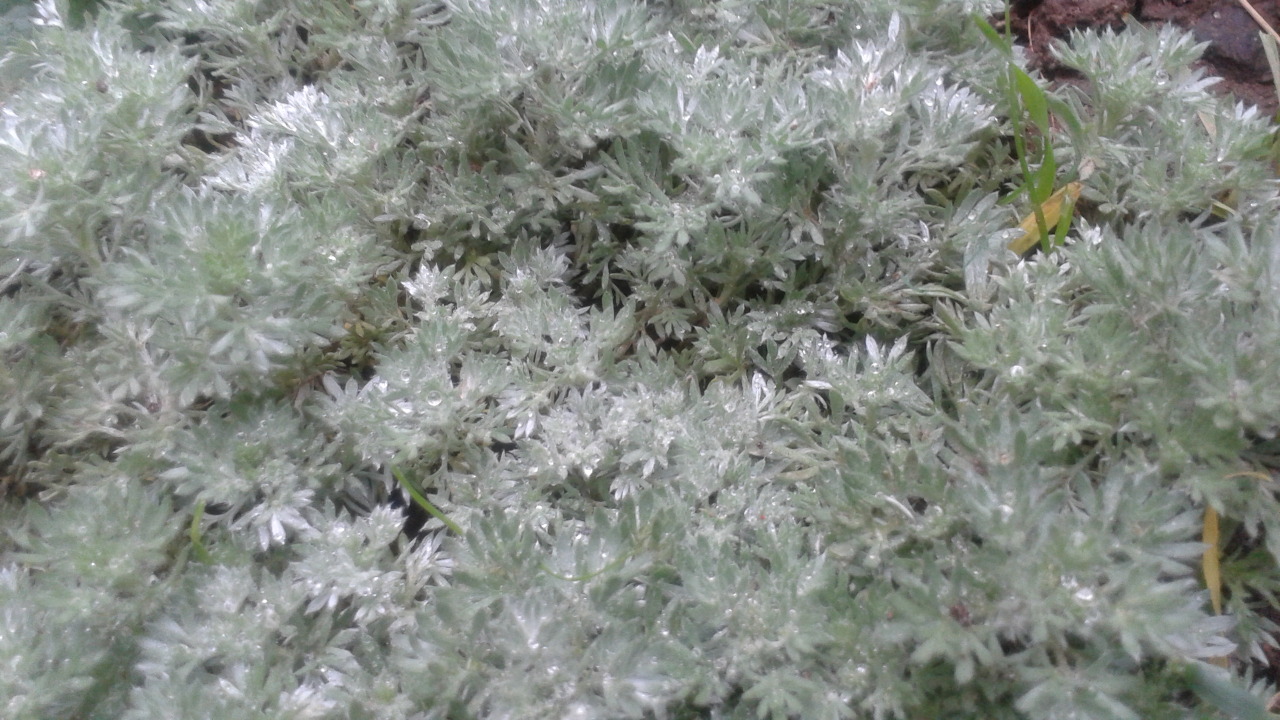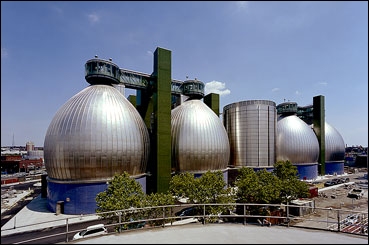I live in California, where we have had water restrictions for many years. It is frustrating for me, because I am a farmer. Farms operate on water. Crops die when there isn't water.
In an environment where water is scarce, growing drought tolerant crops is a great way to decrease risk of loss while decreasing consumption of valuable resources. Additionally, growing drought tolerant crops is a great way to build soil and reduce evaporative losses from the soil because drought tolerant plants have natural biological systems in their leaves to protect their internal water supply, while converting sunlight into chemical energy and useful crops.
 |
| desert herbs |
Many drought resistant crops produce essential oils in their leaves, or have other mechanisms to protect their leaves from the effects of summer heat and reduced water availability. The leaves of drought tolerant edible herbs get coarser and more flavorful as they adapt to a drier environment, meaning that the summer heat and dryness are actually an important part of making the crop more aromatic and therefore, more valuable.
Greenhouse cultivation of these crops is generally pest free since the oils in the plants are also often a mechanism to reduce palatability for insects. Most bugs will go running directly in the opposite direction when they get a whiff of a plant like fringed sage, which has a strong camphorous odor.
Aromatic, repellant plants, when grown in between rows of tomatoes, successfully repels most insects, so that no chemicals have to be applied to the tomato plants. It's true that some insects may not be completely driven away by this trick, but generally, I believe that this way of growing plants produces two different crops simultaneously, without having to go around spraying all kinds of stuff on anything.
Drought tolerant crop plants
- goji
- paulownia
- wormwood
- fringed sage
- wyoming sage
- any of the artemesia genus
- silver sagebrush
- sage
- white sage
- elektra sage
- santolina
Plants from this group, grow and propagate reliably and with reduced water requirements once established. Roots usually grow down till they reach sufficient water to sustain themselves indefinitely without irrigation. This ability is what has helped these amazing plants to remain alive through environmental adversity, such as it exists in the deserts and in other arid wild-lands.
 |
| fringed sage |
A field of white sage, in the morning, just after a rain, is a beautiful thing to behold.
Essential oils have many uses, including protecting harvested grain from insects.
Generally, these oils have a pleasant, camphorous or piney odor.
Most of these plants have extensive networks of roots that prevent them from being transplanted successfully. Cultivation from seed requires a little care and patience, and they are generally easy to care for once established. Plants that have been heavily pruned will survive stress better with more strength and continued vitality. The leaves of artemisia plants are generally soft and velvety with a silver/grey hue. Old growth has a dingy, grey appearance, while fresh, new growth is bright and sparkly.
References:











